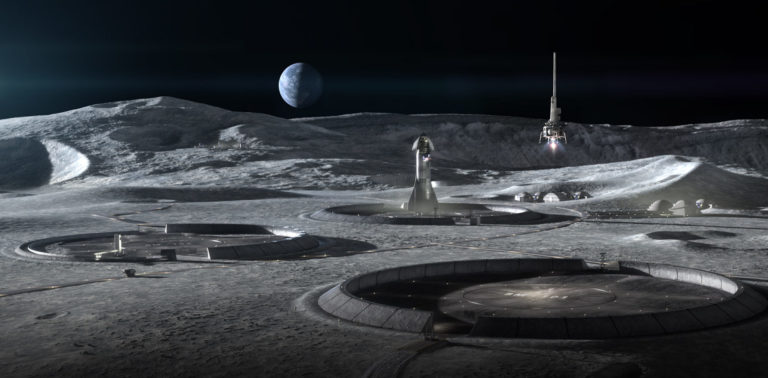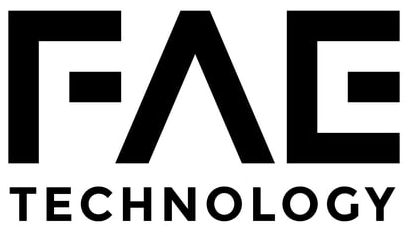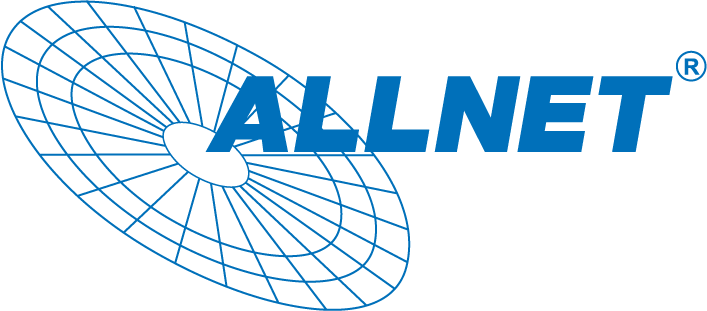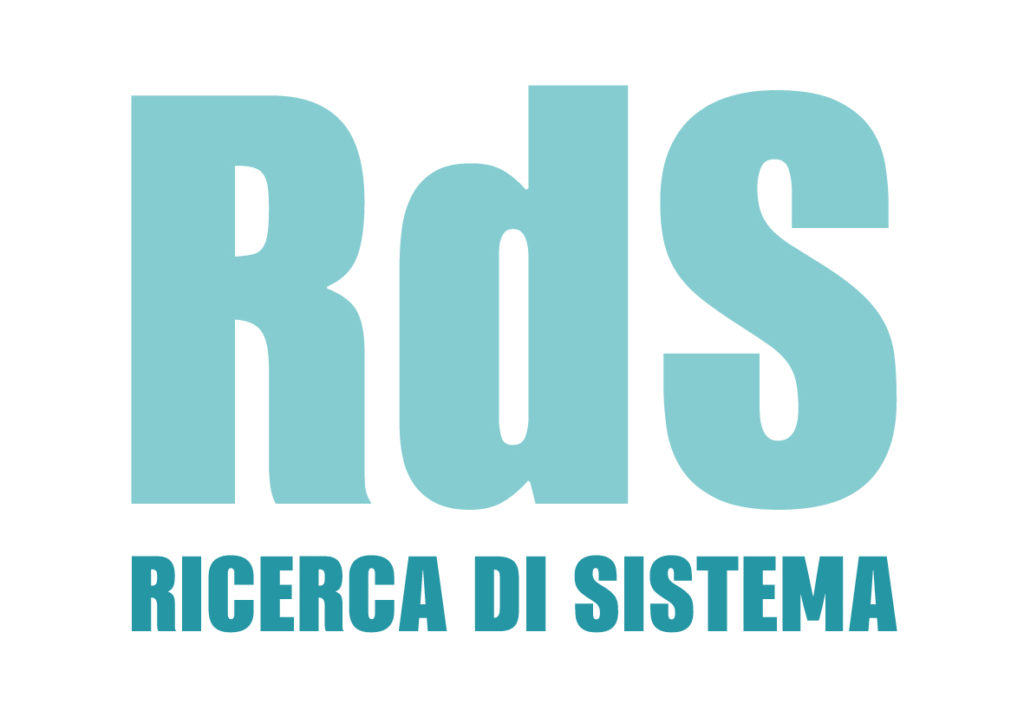One step closer to the first-ever construction on the Moon
NASA is further developing a lunar surface construction system that will target humanity’s first-ever building on another planetary body
As NASA plans for long-term human exploration of the Moon under Artemis, new technologies are required to meet the unique challenges of living and working on another world.
One step closer to the first-ever construction on the Moon

The contractor: ICON
NASA has awarded ICON, a cutting-edge contstruction firm located in Austin, Texas, a contract to develop construction technologies that could help build infrastructure such as landing pads, habitats, and roads on the lunar surface.
The award is a continuation of ICON’s work under a Small Business Innovation Research (SBIR) dual-use contract with the U.S. Air Force, partly funded by NASA. The new NASA SBIR Phase III award will support the development of ICON’s Olympus construction system, which is designed to use local resources on the Moon and Mars as building materials. The contract runs through 2028 and has a value of $57.2 million.
The final deliverable of this contract will be humanity’s first construction on another world, and that is going to be a pretty special achievement.
Dune Alpha: simulated Martian habitat
ICON 3D printed a 1,700-square-foot simulated Martian habitat, called Mars Dune Alpha, that will be used during NASA’s Crew Health and Performance Analog, or CHAPEA, analog mission starting in 2023.
ICON also competed in NASA’s 3D Printed Habitat Challenge. The company partnered with the Colorado School of Mines in Golden, and the team won a prize for 3D printing a structure sample that was tested for its ability to hold a seal, for strength, and for durability in temperature extremes.
Ready to be on the moon by 2026
NASA could use ICON’s technology on the moon as soon as 2026.
Hoping to work with materials native to the moon, ICON engineers will examine lunar regolith — dust and broken rocks — to determine their mechanical behavior in simulated lunar gravity.
Working with NASA’s Marshall Space Flight Center in Huntsville, Alabama, the team will use a stimulant of lunar soil to investigate raising habitable, 3D-printable structures with materials found on Earth’s satellite, sturdy enough to withstand atmospheric pressure there, as well as cosmic and solar radiation.
Company officials say the findings will inform future lunar construction for critical infrastructure like landing pads, blast shields and roads.
Creating capabilities to go further
To explore other worlds, innovative new technologies need to adapted to those environments and exploration needs. Pushing this development forward with commercial partners will create the capabilities NASA need for future missions.
source: NASA I BIG – Bjiarke Ingels Group
Cover Image: NASA/BIG – Bjarke Ingels Group
Maker Faire Rome – The European Edition has been committed since its very first editions to make innovation accessible and usable to all, with the aim of not leaving anyone behind. Its blog is always updated and full of opportunities and inspiration for makers, makers, startups, SMEs and all the curious ones who wish to enrich their knowledge and expand their business, in Italy and abroad. Follow us, subscribe to our newsletter: we promise to let just the right content for you to reach your inbox



















































































